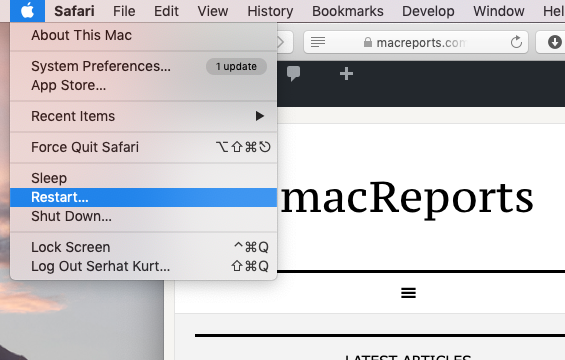The Itunes Library File Is Locked Mac
- Itunes Library File Cannot Be Saved
- The Itunes Library Extras.itdb File Is Locked On A Locked Disk Mac
- The Itunes Library File Is Locked Mac Screen
- The Itunes Library File Is Locked Machine
Your home folder contains many files and folders that apps on your Mac have permission to read or modify. If you use Get Info or other methods to change those permissions, you could experience issues such as these:
Although arguably well-intentioned, this change was frustrating for longtime Mac power users. With the release of way back in 2011, Apple removed easy access to the user’s Library folder. Make library folder visible in mac os x.
Anyway, when facing the problem, instead of creating a new iTunes Library, you're very likely to choose fixing it. Mac can't find music library.
Itunes Library File Cannot Be Saved
Jun 09, 2015 How to fix ' The folder Itunes or Itunes library is on a locked disk or you do not have write permissions. Watch this video, Follow the instructions, It works! Where to Find iTunes Library Location on Mac/PC. 1 How to Find iTunes Library Location on PC. If you are using a PC, you can find your media files in the iTunes library folder. All you need is to find the media folder locations which you can do easily from iTunes. Jul 31, 2014 Here are the 9 simple steps to get iTunes up and running again with your own library! Note: Depending on your settings, your windows can be slightly different than the screenshots used in this tutorial. Step 1: iTunes Library File is Locked! When you open iTunes, and you see this window: Don’t panic! Just click ‘ok’ and read on.
The Itunes Library Extras.itdb File Is Locked On A Locked Disk Mac
- Changes that you make in System Preferences aren't saved after you quit System Preferences.
- Changes that you make to the Dock aren't saved after you log out of your user account.
- Windows that were open the last time you logged out or quit an app (before you changed permissions) open again after you log in or open the app.
- You're asked for an administrator name and password when moving certain items in the home folder.
- You repeatedly get a message that macOS needs to repair your Library to run applications.
- When saving changes to an item, you get a message that the file is locked or you don't have permission to save.
- Preview, TextEdit, or other sandboxed apps unexpectedly quit when opened.
- You get an alert that the startup disk has no more space available for application memory.
- Activity Monitor shows that Safari or SafariDAVClient is using a large amount of system resources.
- Your Mac performs slowly.
- iTunes says that your device cannot be synced.
- Photos and videos that you import into Photos or iPhoto don't appear within the app, but do appear in Finder. Or your library needs to be updated or reselected each time you open Photos or iPhoto.
Reset permissions
If the issue started after changing the permissions of items in your home folder , use these steps to reset permissions.

- Turn on or restart your Mac, then immediately press and hold Command (⌘)-R to start up from macOS Recovery.
- You might be prompted to enter a password, such as a firmware password or the password of a user who is an administrator of this Mac. Enter the requested password to continue.
- When you see the macOS Utilities window, choose Utilities > Terminal from the menu bar.
- Type
repairHomePermissionsin the Terminal window, then press Return. The Repair Home app opens. - Select your user account, click Next, then enter your administrator password. Click Next unlock the volume and begin resetting permissions on your home directory.
- When done, click Exit to return to the macOS Utilities window.
- Select Reinstall macOS, then click Continue and follow the onscreen instructions to reinstall macOS.
If the issue persists

The Itunes Library File Is Locked Mac Screen
If resetting permissions doesn't resolve the issue:
The Itunes Library File Is Locked Machine
- Make sure that you have a backup of your Mac, then erase your startup disk.
- When done, reinstall macOS.
- After installation completes and your Mac restarts to the setup assistant, create a new user account using a different name than the one you were using before. Any difference in spelling is enough.
- If you made a Time Machine backup, use Migration Assistant to restore all your files from the backup.